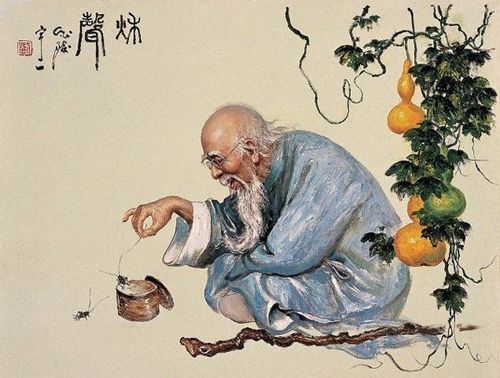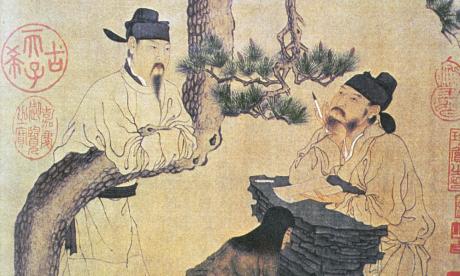Three Taoisms and Their Approaches to Te
The Taoist’s desire to live life by the power (te) of the Tao has developed into three currents within the stream of Taoism. The first, with which Yakrider.com is mostly concerned, is commonly called “Philosophical Taoism,” which is reflected in the Tao Te Ching of Lao Tzu, the writings of Chuang-Tzu, and Lieh-Tzu. Philosophical Taoism is reflective, usually meditative, and involves some vitalizing programs to conserve Tao’s power as it flows through human beings. In the philosophical Taoism of the Tao Te Ching, and Chuang-Tzu, the emphasis is on conserving te by using it efficiently. A second current of Taoism might be called “vitalizing Taoism” because it seeks to increase or augment the supply of the Tao’s power which it finds in the life-force, or ch’i, through three means: movement, matter, and mind. In this stream you will find ch’i increasing training programs based on movement (Tai Ch’i Chuan, Kung-Fu exercises, etc.) which also worked as ch’i unblocking practices. Acupuncture was developed for the same reasons. Matter has vital energy as well, so Taoists developed the pharmacopoeia of the use of herbs to increase this vital power bodily, and experimented (sometimes fatally!) to find elixirs of immortality. Air is the most rarified matter and thus we find the famous Taoist breathing techniques to rejuvenate health and energize the body. Thirdly, the mind itself becomes important for the free flow of Tao’s power. Here we find the contemplatives and hermits who developed Taoist meditation. Huston Smith summarizes well: “This practice involved shutting out distractions and emptying the mind to the point where the power of the Tao might bypass bodily filters and enter the self directly.” Some call the practice Taoist yoga because of its similarity to the raja yoga of India. The Taoist yogis had a peculiar point of departure from their Indian counterparts: they believed that the yogi could accumulate enough ch’i through meditation that it could be “transmitted psychically to a community to enhance its vitality and harmonize its affairs” (Smith). This brings us near the third stream of Taoism and its approach to the power of the Tao. It can be called “religious Taoism” because it is more organized than the other two and its approach to te is as vicarious power through a Taoist priesthood. Where philosophical Taoism sought to conserve and manage power, and vitalizing Taoism sought to increase the supply of this power, a third approach was still needed. The first two took time which not everybody had and practices which not everyone could perform consistently. There were still villages of work-a-day people who needed help, plagues to be stopped, malevolent ghosts to be dealt with, rains to be induced, etc. And this is where the priests helped. They used their understanding of the flow of ch’i to correct situations (think Feng-shui here), and used their store of power for those who were not adept in the correct manipulation forces. This became what some call “Church Taoism” – the folk religion of China with its shamanistic priests, rituals, and vicariously empowering practices. There are a few other terms in Chinese that need to be understood in order to better understand the meaning of Tao. These terms are “Li” – which we translate as “organic pattern”, “Tzu-jan” which we translate as “that which is so of itself”, and “Wu wei” which is translated as “without effort” or perhaps better stated “without forcing.” Before we get started on these terms let us also share that Lao Tzu stated “The Tao that can be told is not the eternal Tao.” It cannot be put into words, we can generalize but the part can never understand the whole. We can only describe that which we have experienced, and since we cannot experience the entire cosmos, we do not have words or symbols for it. In the ancient scriptures of most all religions of the world, there was no word for what we now so readily call God, Brahman, Allah, Buddha, Tao, or whatever symbol we choose to use to describe that which we do not know. In fact some scriptures wrote in letters or symbols that made no sense in order to get that exact message across. Sadly somewhere along the line it was decided to put names to this and it is here that many of our troubles began. God versus Tao, Buddha, Allah, Brahman, etc.
We Adhere to an Ancient Creed
Bak Fu Pai System Creed Respect your country, respect the people. Respect your Shi Fu, respect all martial arts. Learn righteous, learn magnanimous, learn Kung Fu. If you are able to accomplish the art, be humble. A master of the art does not abuse his knowledge by...



